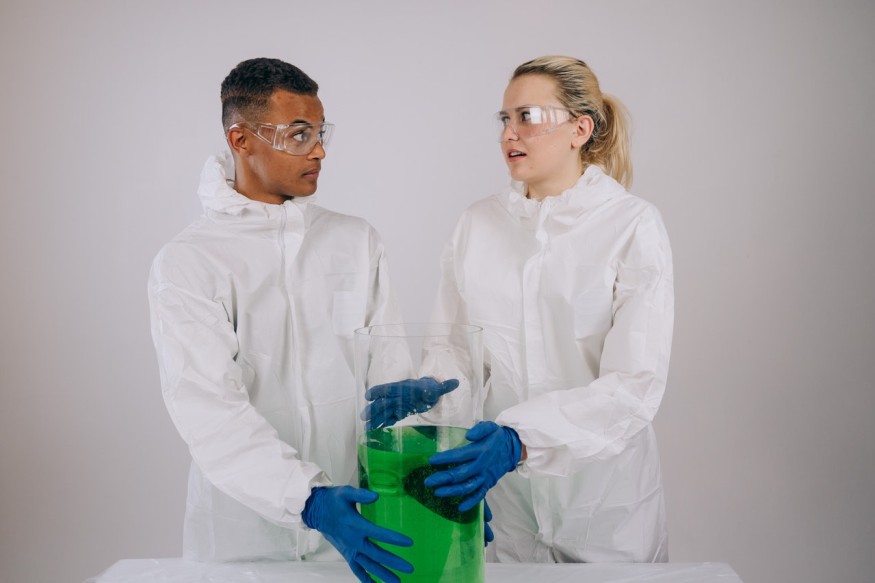Throughout the history of biological studies, the scientific community has been divided about what induces evolution more. At the beginning of the 20th century, the debate became larger and developed theories that weighed the significance of the diversity of gene pools and mutations.
Genetic selection is somewhat the natural cause of changes in a species to evolve and surpass what it was not before, but there are also factors in mutations that could do this independently, causing an organism to survive death and extinction.
Genetic Diversity vs. Mutation

Scholars from Michigan State University carried out a study to find out which of the two concepts have the most bearing factors that contribute to evolution. Part of the study examined the adaptability of 72 various populations of the popular bacteria Escherichia coli or E. coli in 300 days.
Each of the organisms observed by the research authors was modified with various rates of genetic diversity prior to the first phase. The bacteria were separated into three groups.
The first group of E. coli was bred from a single clone, giving their cells an identical genetic property. The second group came from a single pre-existing population of bacteria. The third group included a mix of populations from the first two groups, allowing them to have the maximum genetic diversity across each cell.
Throughout the experiments, the groups were equally fed with glucose. The experts exposed and nurtured each of the groups to various environments to determine the level of their adaptability. Among the compounds administered to the bacteria is amino acid D-serine for them to have energy and live long enough.
ALSO READ : Living Galapagos Giant Tortoise Discovered for the First Time After 100 Years of Being 'Extinct'
Greater Driver of Biological Evolution
The total number of days was equivalent to about 2,000 generation points. At points 0, 500, and 2,000, the populations were routinely tested to compete for resources that would give them nutrition. The groups faced the same competitor in the form of another E. coli strain with an intermediate fitness level.
At around 50 generations of the observation, adaptation of the groups relied on the genetic diversity of the initial populations. However, the diversity that seemed to be utilized in the first few phases did not matter anymore for the organisms when the experiment was about 500 generations in.
The authors found that new, large mutations caused this drastic change in adaptability. By the 500th and 2,000th generations, the E. coli groups were observed without any variances in their fitness despite having a broad difference between them at the start of the study, reports Science Alert.
The experts concluded that, in this experiment, the pre-existing variations in asexual organisms might change as soon as possible due to their difference, driving a new, beneficial, and widescale mutation in the populations. But they emphasized that there are no 'right answers' regarding the relevance of mutations and genetic diversity in nature.
The research preprint was published in bioRxiv, titled "Experimental Test of the Contributions of Initial Variation and New Mutations to Adaptive Evolution in a Novel Environment."
RELATED ARTICLE : Seals Discovered Using Whiskers for Sensors and Hunting Preys Under Deep Oceans for the First Time
Check out more news and information on Biology in Science Times.












